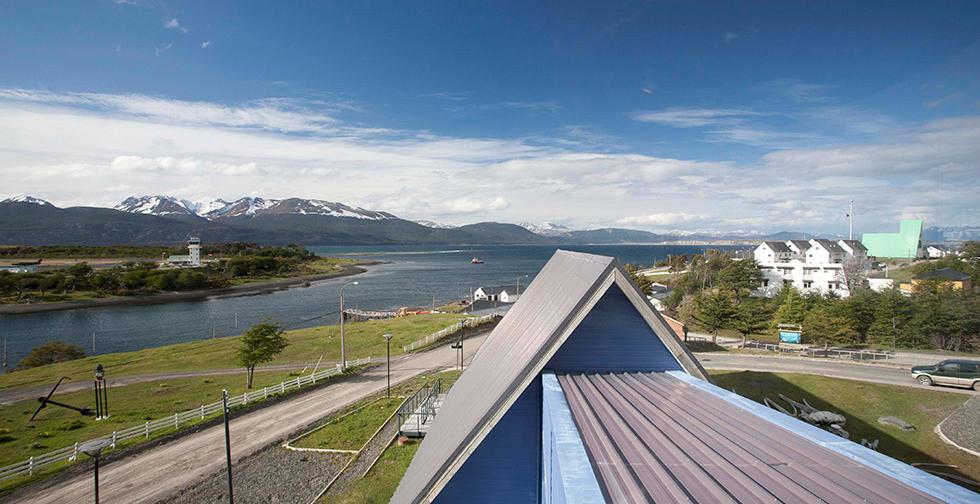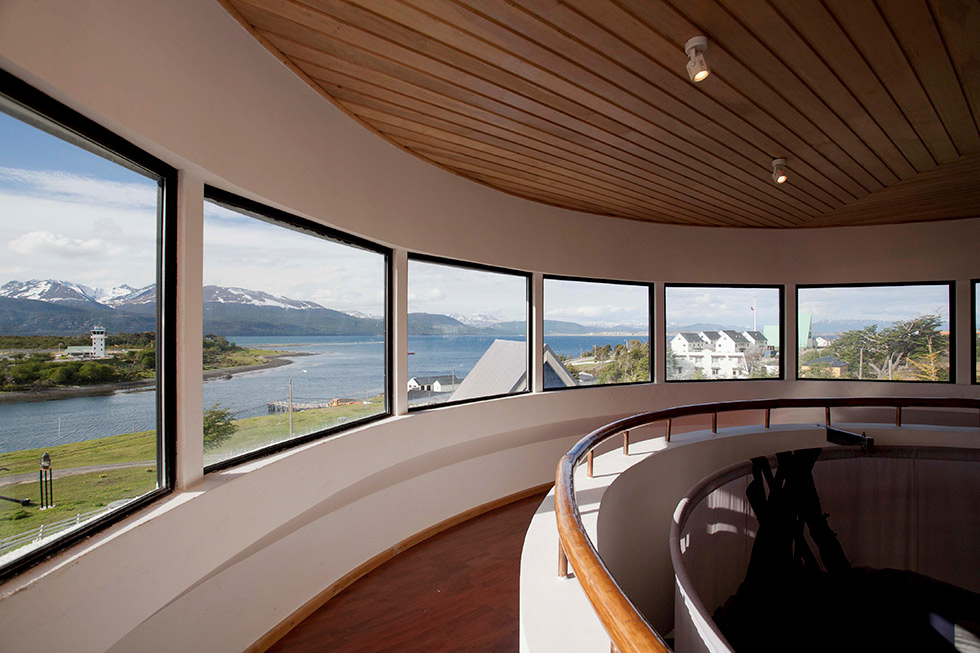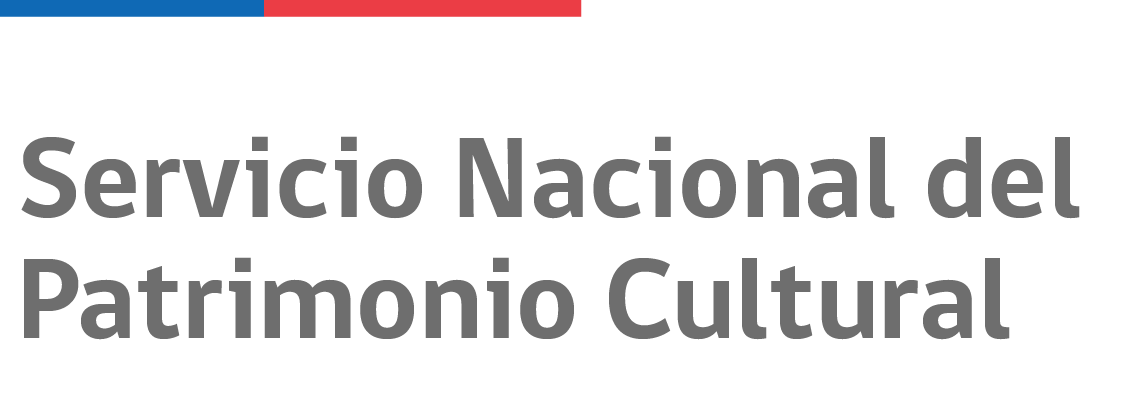
Services:
- Floor map
Opening times:
Admission:
About the institution

In 2008, the Museum was re-inaugurated following an important expansion.
Puerto Williams on the Tierra del Fuego Archipelago's Navarino Island was established as a naval base in 1953. Not far from Cape Horn, it is the world's southernmost permanent human settlement outside of Antarctica. Its Museum was originally founded in 1974 in a small picturesque building, made of native cypress wood. In 2008, it was re-inaugurated following an important renovation and expansion of its premises.
It is named after the German priest and anthropologist Martin Gusinde (1886-1969). In 1911, his Verbo Divino congregation sent him to Chile to teach natural sciences at the German School in Santiago. Over the next 13 years, before his return to Europe, Gusinde carried out four expeditions to Tierra del Fuego, creating a detailed record of the culture of the indigenous Selk'nam, Yaghan and Kawéskar peoples.
Inside the Museum
The Museum's permanent exhibition comprises three rooms:
- Secrets of the Canoe World. In this room, visitors can learn about Tierra del Fuego's now virtually extinct indigenous peoples, including their adaptation to its harsh climate, their social organization and spiritual life.
- Discovery, Exploration and Colonization. This room traces the arrival of Western man to Tierra del Fuego, including the most important exploration journeys (1520-1890), the Anglican missions, the gold rush (1885-1900), the progressive arrival of colonizers (1890-1950) and the foundation of Puerto Williams (1953).
- Stirling Pavilion. This room looks more closely at the Anglican missions and their impact on the archipelago's indigenous inhabitants and their way of life.
The Archipelagos Park in the grounds of the Museum, with its trails, provides an opportunity to learn about Tierra del Fuego's native flora, including the trees so characteristic of this part of the world.
Don't miss
In the Museum's grounds, the Stirling House is the main surviving testimony of the way of life of the Anglican missionaries who traveled to Tierra del Fuego. Made of wood with corrugated iron siding, the pre-fabricated house was shipped out from England and was originally installed in Ushuaia in Argentina, before being moved to Tierra del Fuego where it was installed on Tekenika Bay on Hoste Island and then on Douglas Bay on Navarino Island. In 2003, it was declared a National Monument and, in 2004, was moved to Puerto Williams where it was restored.


